Liscio is the name of the traditional popular music in Romagna. However, it is also much more than this – it is a partner dance that has made generations of Romagna people go wild on the dance floor, so much that it has become part of the local identity of this area.
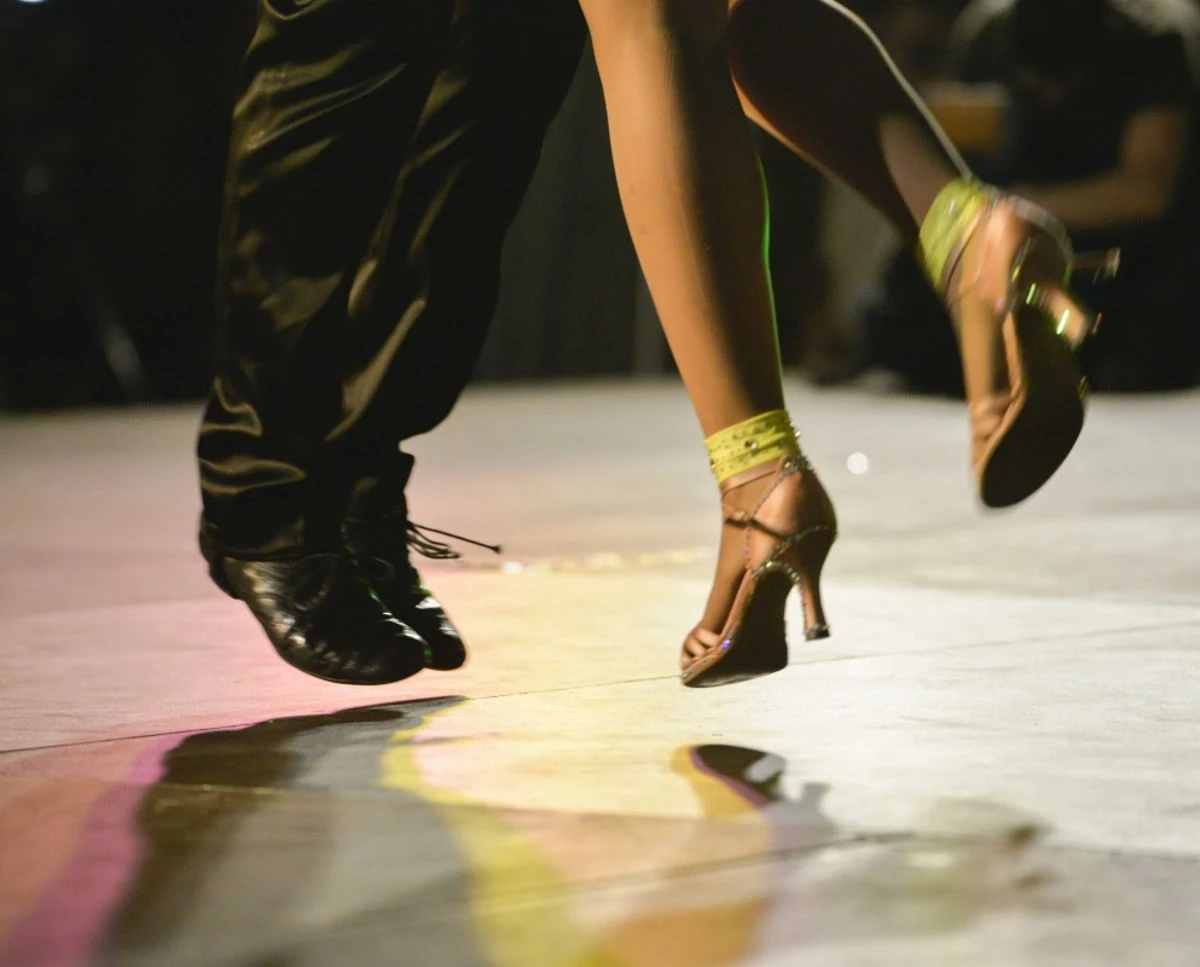
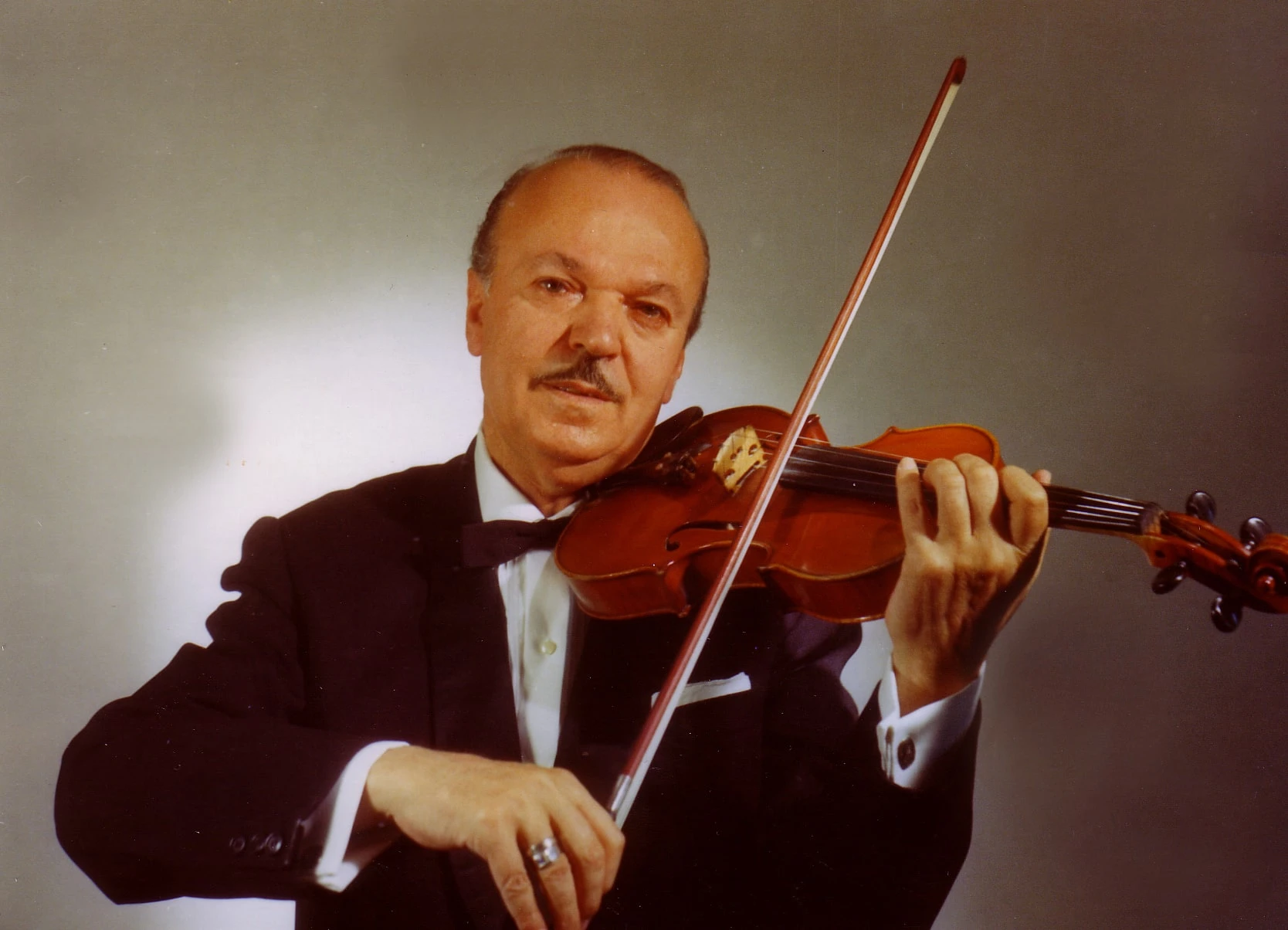
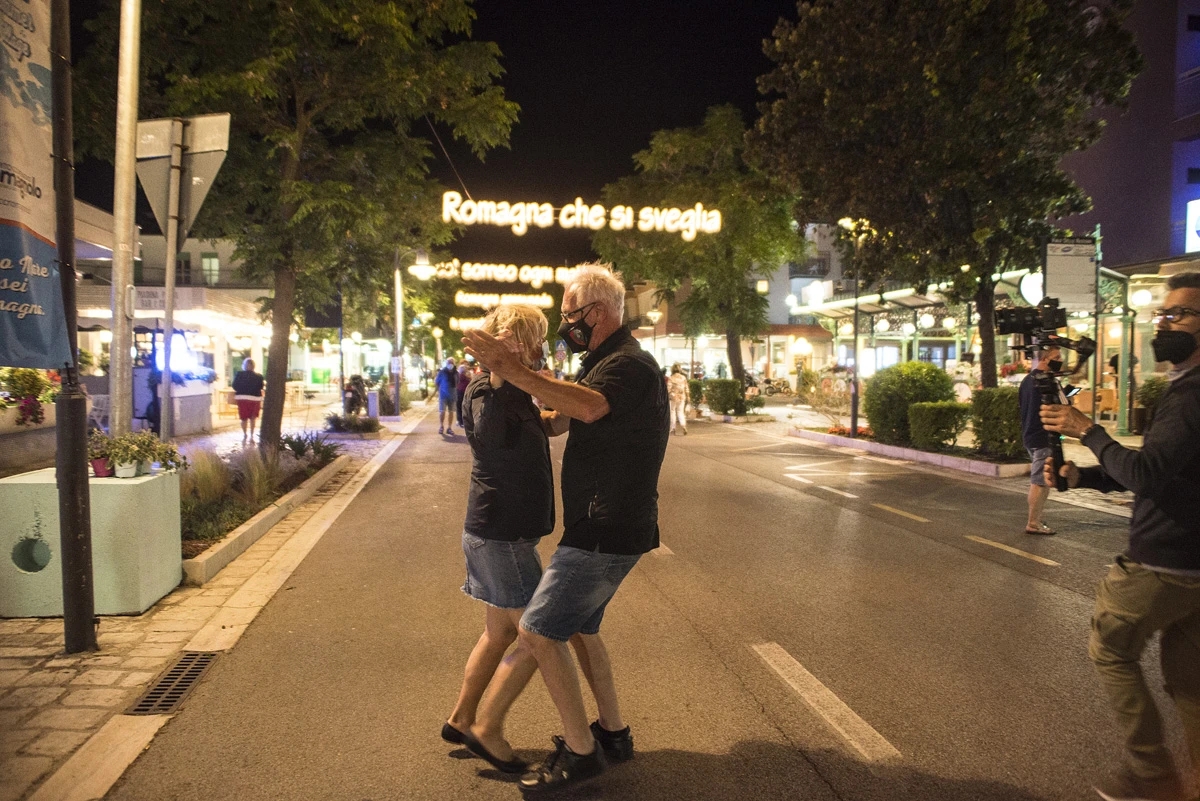
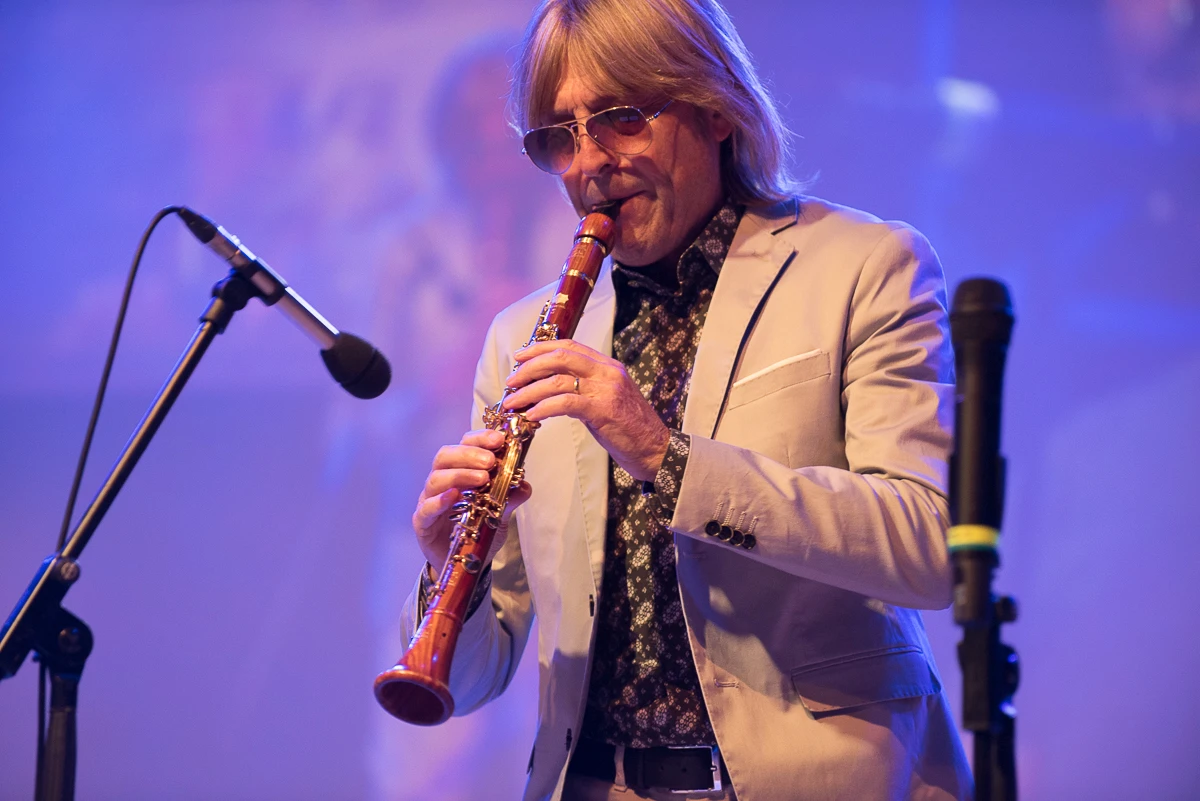
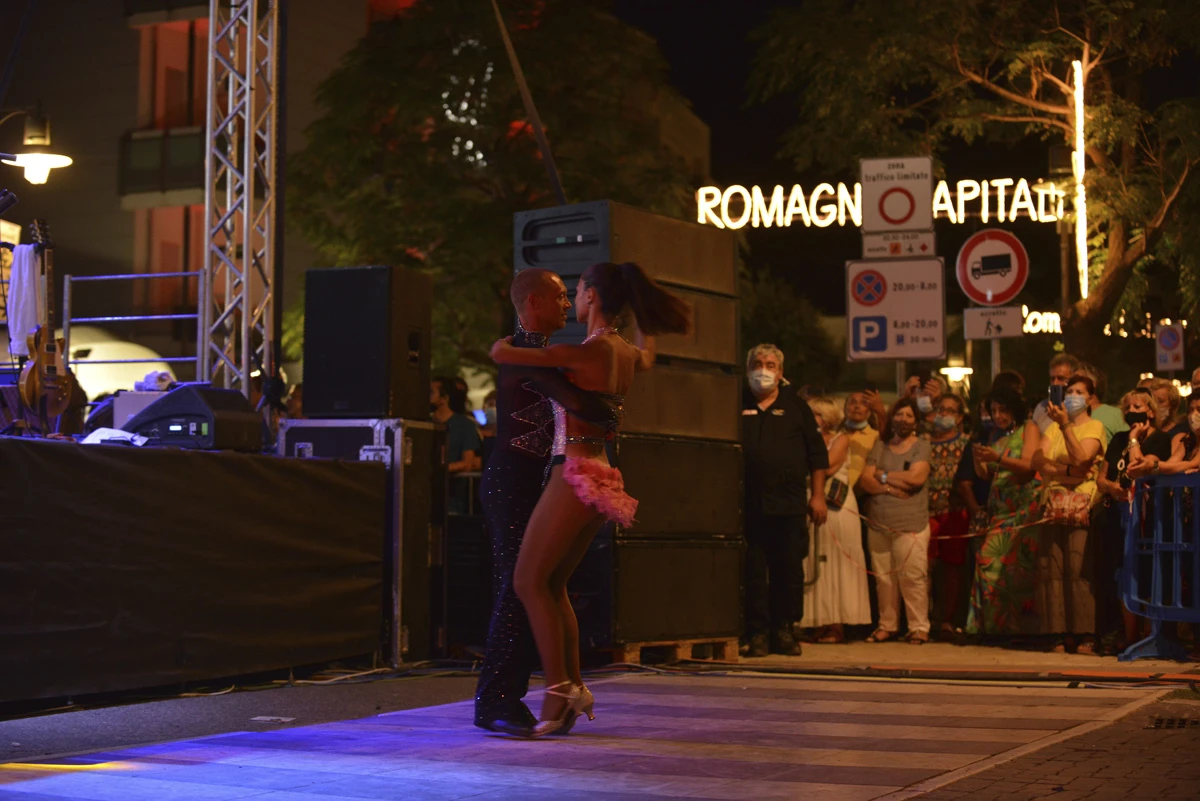

Its origins are mingled with the history of the nineteenth-century bourgeoisie, who, in Italy, particularly enjoyed three types of dance: the waltz, the polka and the mazurka. These dances were then influenced by the local musical tradition, which, at the end of the nineteenth century and the beginning of the twentieth century in Romagna, led to the creation of liscio, which means smooth, a name that derives from the dancers’ practice of “moving smoothly”, or sliding their feet.
From the instrumental point of view, Romagna’s liscio style is played by an orchestra of soloists that includes the C clarinet and the saxophone accompanied by a bass, guitar and drums. Over the years, a singer was added to this instrumental form, whose voice adds warmth to the atmosphere in the dance halls, the local dance floors.
The leading exponents of liscio are Carlo Brighi, considered its founding father, while “the Strauss of Romagna”, Secondo Casadei (1906-1971), was its official spokesman thanks to his well-known song “Romagna Mia”.
The fame of the liscio dance style did not stop at the borders of Romagna. In the 1950s, it spread to Bologna. In fact, Filuzzi is a style of Emilian liscio that differs from the Romagna version for the use of the accordion in particular.
The Casadei family still contribute today to the diffusion of Romagna’s traditional folk music thanks to the work of its members, like Casadei’s daughter Riccarda and his nephew Raoul Casadei. Both of them take part in the Notte del Liscio, a review of events with live concerts and dances held in September in various towns on the Romagna Riviera.